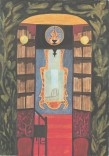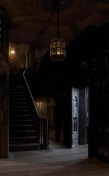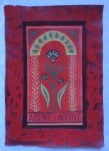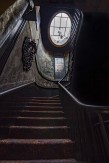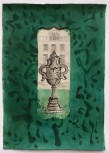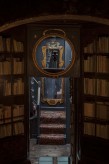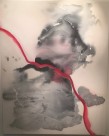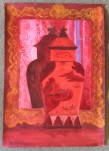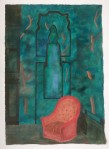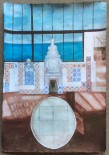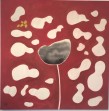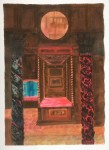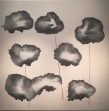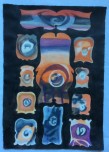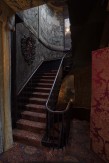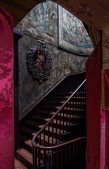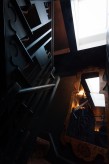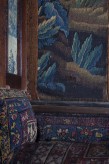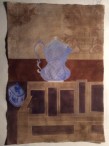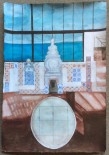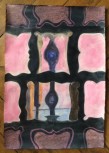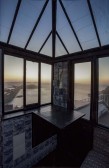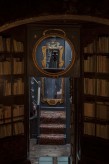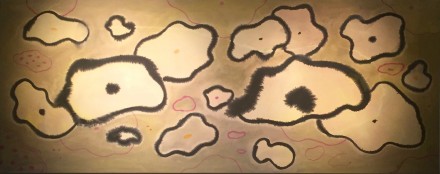MARIE HUGO
JEAN-BAPTISTE HUGO
Catherine Houard presents the paintings of Marie Hugo and photographs of Jean-Baptiste Hugo inspired by Hauteville House, the home art studio of their illustrious ancestor Victor Hugo (1802-1885).
Both shared their visions of the writer’s house, producing 30 paintings and 50 photographs.
Victor Hugo acquires this house in 1856, which can be considered as a complete work of art with its furnishings and decorations of Chinoiserie designed by the poet himself, and a true testimony of Victor Hugo’s creative exile on the island of Guernesey.
Victor Hugo gave a symbolic dimension to his house where references to his writings, his philosophy and his worldview are ubiquitous.
You can find the book Hauteville House, an unprecedented and unique window on the Guernesey home, available at the gallery.
Following the «Goyesque d’Arles», the latest monumental installation of the artist set up inside the Arena of the capital of the Camargue in September 2015, Catherine Houard presents a selection of the Chinese inks of the great-grand-daughter of Victor Hugo (1802 – 1885) and daughter of the painter and theatre designer Jean Hugo (1894 – 1984).
Marie Hugo, painter and sculptor, works primarily with ink and water. She creates a work exploring the light, where the ink plays with the notions of transparency and fragility. Ink and water have become her accomplices of creation.
«With them I explore the moon, the sea, the sun, I brave the tides, the storms, the torrents, tracing the timeless story of my tiny existence on Earth.» MH
The abundant garden of her childhood, a real jewel of the Mas de Fourques where peacocks are kings and wander at their convenience, is her source of inspiration, multitude of plants, bamboo seeds, lotus seeds and dried leaves … mysterious alchemy of nature.
Catherine Houard presents the photographs of the great-grand-son of Victor Hugo (1802 – 1885) and son of the painter and theatre designer Jean Hugo (1894 – 1984).
Jean-Baptiste Hugo, photographer, painter and sculptor, is specialized in still life, real staging of personal compositions with artificial light where vegetables and plants are arranged around the theme of gourmandism testitying of a dinner being prepared.
One can notice in these photographs, recalling 17th century paintings, some fruits, food, dishes, vegetables, seeds, pots, jugs and teapots and other table cloths, reminders of the pleasures of the table.
The profusion of these «cose naturali» stands out as many vanitas of an abundant beauty.
«A still life is a way to speak of human life, to show how its action, its will still imprints the state of the world while the man has gone someplace else. A composition is not just a pile of things, it is already a will.» Henri Peyre
